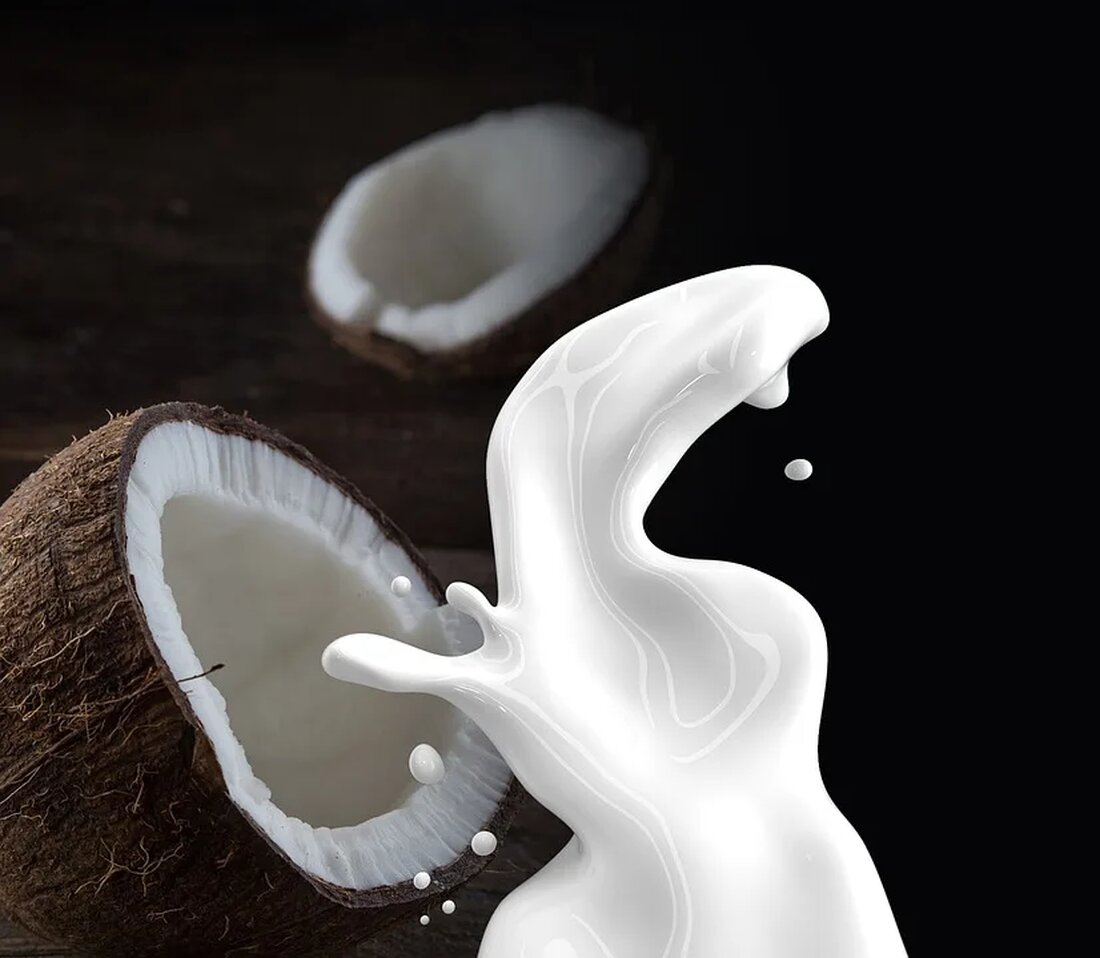Milk alternatives: soy oat almond
Milk alternatives: Soy Oat Almond Milk alternatives have become increasingly popular in recent years. More and more people are choosing to replace animal dairy products with plant-based alternatives for various reasons. The three most popular milk alternatives are soy milk, oat milk and almond milk. Each of these milk alternatives has its own advantages, disadvantages and nutritional differences. In this article, we'll take a closer look at soy milk, oat milk, and almond milk and explore their health benefits. Soy milk Soy milk is made from soybeans and is one of the oldest and best-known milk alternatives. It is a white, creamy liquid with a slightly sweet taste. Soy milk is naturally...

Milk alternatives: soy oat almond
Milk alternatives: soy oat almond
Milk alternatives have become increasingly popular in recent years. More and more people are choosing to replace animal dairy products with plant-based alternatives for various reasons. The three most popular milk alternatives are soy milk, oat milk and almond milk. Each of these milk alternatives has its own advantages, disadvantages and nutritional differences. In this article, we'll take a closer look at soy milk, oat milk, and almond milk and explore their health benefits.
Soy milk
Soy milk is made from soybeans and is one of the oldest and best-known milk alternatives. It is a white, creamy liquid with a slightly sweet taste. Soy milk is naturally lactose-free and contains less saturated fat than cow's milk. It is a good source of plant-based protein, fiber, vitamins and minerals.
Nutrients in soy milk
Soy milk contains fewer calories and fat compared to cow's milk. One cup of soy milk provides about 80 calories and 4 grams of fat. However, it contains a similar amount of protein to cow's milk, about 8 grams per cup. Soy milk is a rich source of essential amino acids that are important for the body.
Soy milk is also a good source of calcium, vitamin D, vitamin B12 and iron. These nutrients are often associated with animal products, but soy milk offers a plant-based alternative for people who don't consume animal products.
Oat milk
Oat milk is made from oat flakes and water. It has a creamy consistency and a slightly sweet taste. Oat milk is naturally lactose-free and contains no saturated fats. It's also a good option for people on a gluten-free diet, as long as the oat milk is made from gluten-free oats.
Nutrients in oat milk
Oat milk has a slightly higher calorie content than soy milk, about 130 calories per cup. It also contains more carbohydrates, which is due to the natural sugar content in oats. Most oat milks also contain fiber, which contributes to overall health.
Oat milk is naturally low in fat but does not contain significant amounts of protein. One cup of oat milk only provides about 4 grams of protein. It's important to note that oat milk is often fortified with vitamins and minerals, including calcium, vitamin D, vitamin B12, and iron. This means that the nutritional composition may vary depending on the brand.
Almond milk
Almond milk is made from ground almonds and water. It has a mild, nutty taste and is also a popular milk alternative. Almond milk is naturally lactose and cholesterol free. It is also a good option for people on a gluten-free diet.
Nutrients in almond milk
Almond milk is low in calories, around 30-40 calories per cup, depending on the brand and type of almond milk. It contains few carbohydrates and fat, but also little protein. One cup of almond milk only contains about 1 gram of protein.
Almond milk is often fortified with calcium, vitamin D, vitamin E and other nutrients. This helps improve the nutritional value of the milk alternative. However, it is important to note that the nutritional composition may vary depending on the brand and method of preparation.
Pros and cons of soy, oat and almond milk
Each of the milk alternatives mentioned has its own advantages and disadvantages. Soy milk is rich in plant protein and contains many essential nutrients. It is also a good option for people who require a lactose-free diet. A potential downside to soy milk is that some people may have an allergic reaction to it.
Oat milk is rich in fiber and contains less fat than cow's milk. It is a good option for people with gluten intolerance. The disadvantage is the comparatively low protein content.
Almond milk is low in calories and contains healthy fats. It is a good option for those with lactose intolerance or a gluten-free diet. However, almond milk is low in protein and contains fewer nutrients compared to soy or oat milk.
Conclusion
Soy milk, oat milk and almond milk are popular milk alternatives with their own advantages and disadvantages. Soy milk provides a plant-based source of protein and many essential nutrients. Oat milk is high in fiber and suitable for gluten-free diets. Almond milk is low in calories and cholesterol-free. Ultimately, choosing the appropriate milk alternative depends on individual nutritional needs and preferences. It can be helpful to try different milk alternatives and consider their nutritional composition.
You can find out more about natural and healthy nutrition in our guide magazine Your-Heilpraktiker.com

 Suche
Suche
 Mein Konto
Mein Konto
